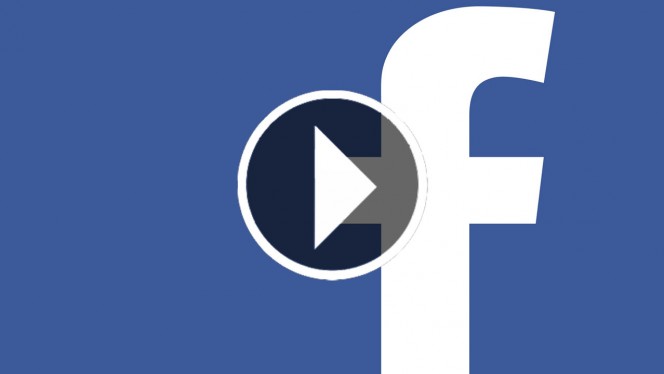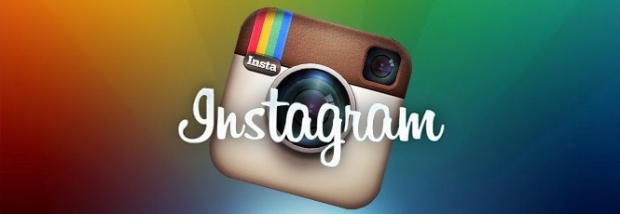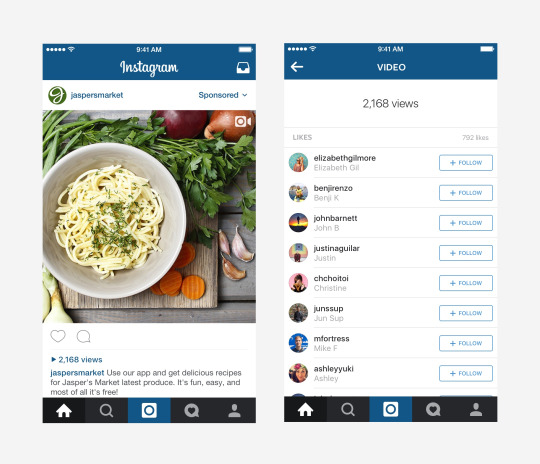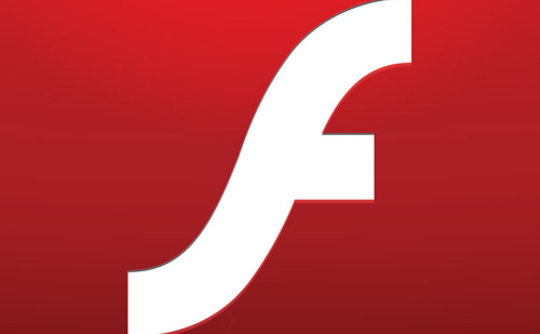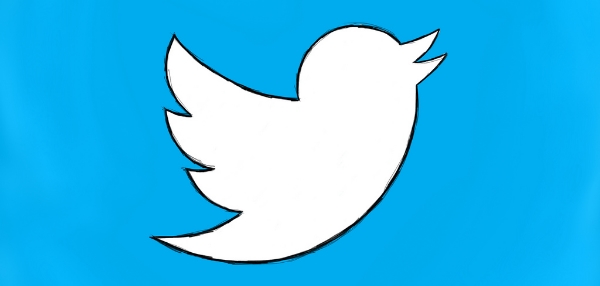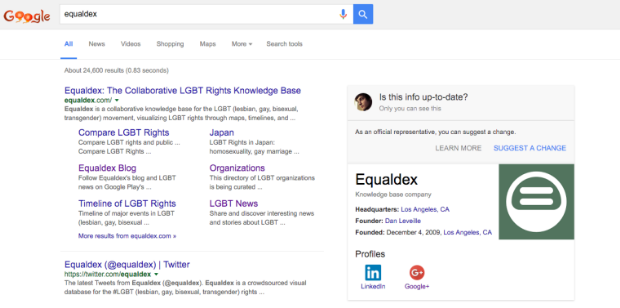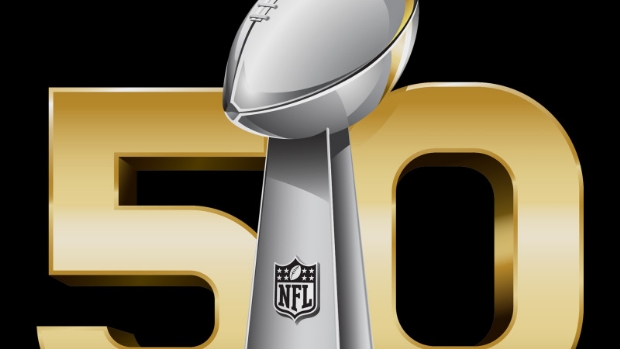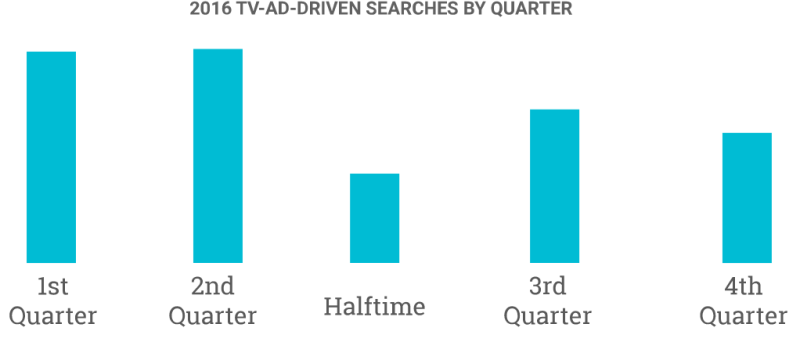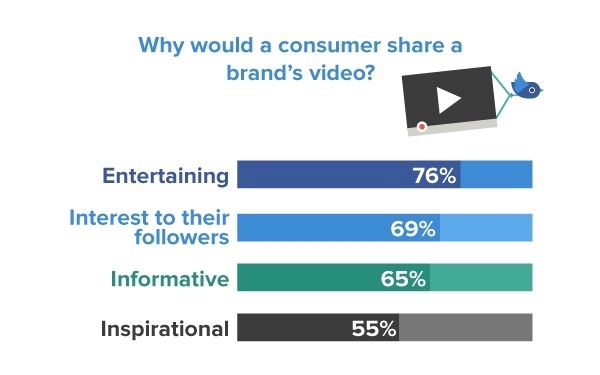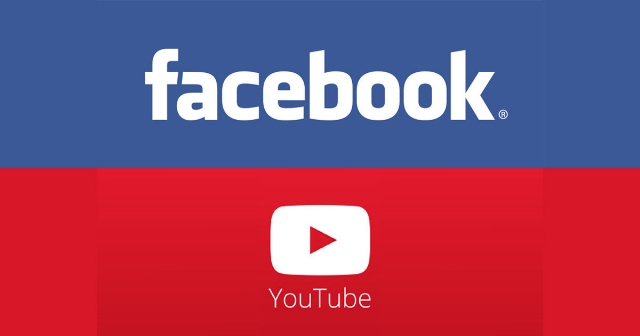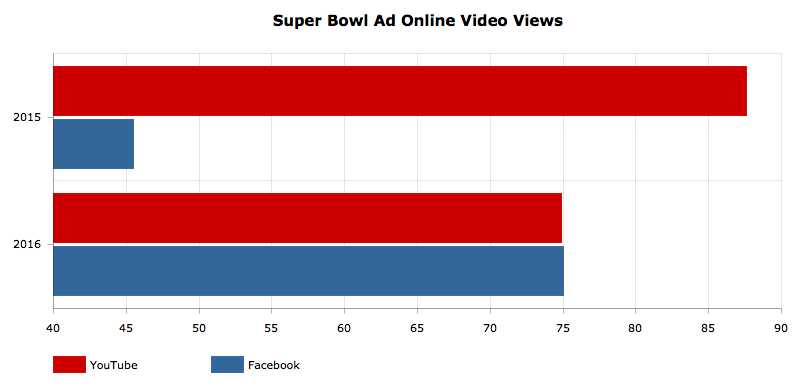
Google has officially confirmed the end of ads in the right hand column of its search pages, except for two notable exceptions.
As of February 19th, Google is phasing out ads on the right side of its desktop search results. Instead, all ads will appear at the top or bottom of the results, though Google may include an additional ad above results for “high commercial queries.”
The change will effect users worldwide, in all languages. Google is also saying the change is motivated by a push to bring desktop results closer to the mobile experience, however rumors suggest the low click-through rate (CTR) of right side ads may also be a factor.
There are also two specific exceptions to the change. No ads will appear on the right side of desktop search results except in two cases:
- Product Listing Ad (PLA) boxes will still show either above or to the right of search results
- Ads can still appear in the Knowledge Panel
Overall, most users probably won’t notice the difference in search results. However, businesses competing for the already limited organic space on the front page of search results may find the change makes the competition even fiercer.
The decreasing front page real estate means an even higher focus on SEO for businesses seeking high ranking organic listings.
The rollout for the change should be complete today.

